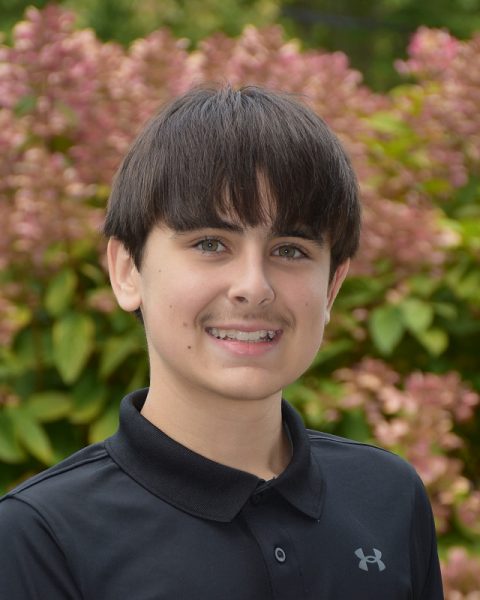School Takes EEE Precautions
September 19, 2019
Eastern equine encephalitis, otherwise known as EEE, popped up in Massachusetts over the summer, prompting the School to reevaluate student safety and take additional precautions with outdoor activities, including sports.
Mosquitoes carrying the virus are most likely to appear during dusk-to-dawn hours, although experts say that doesn’t stop some of them from coming out during the day. This puts athletes at risk, especially cross country runners who travel to higher-risk areas.
School Nurse Beth Escobar reassured The Gator that the community is taking necessary precautions to protect students.
“Every first-aid kit for student-athletes now has some bug spray that contains DEET,” Escobar said, “About 25-30 percent is the recommended amount. It’s the best insect repellent.”
While DEET is most effective against EEE, Escobar said, if students don’t want to expose themselves to certain chemicals, they can find other repellents that will also get the job done.
According to Varsity Boys’ Cross Country Coach Paul Brauchle, the league is also talking precautions.
“Normally, at cross country races, we have the boys and girls run separately,” Brauchle said. “Last week, both teams ran together to finish earlier and lower the risk of infection.”
Runner Brian Gamble ‘23 applied DEET twice before racing.
“We were not aware of the seriousness of EEE, and it made me a little scared,” Gamble said. “But we were armed with several cans of DEET, and I felt safe.”
The School has been keeping a careful eye on the virus, according to Upper School Head Joshua Neudel.
“We’re taking all precautions to keep the students safe,” Neudel said. “We’re following the Massachusetts Health Department’s guidelines around that.”
According to the Center for Disease Control and Prevention (CDC), “Eastern equine encephalitis virus (EEEV) is transmitted to humans through the bite of an infected mosquito. Human EEEV cases occur relatively infrequently, largely because the primary transmission cycle takes place in and around swampy areas where human populations tend to be limited.”
There have been fewer than one hundred cases of EEE in Massachusetts since the virus was identified in 1938.























































